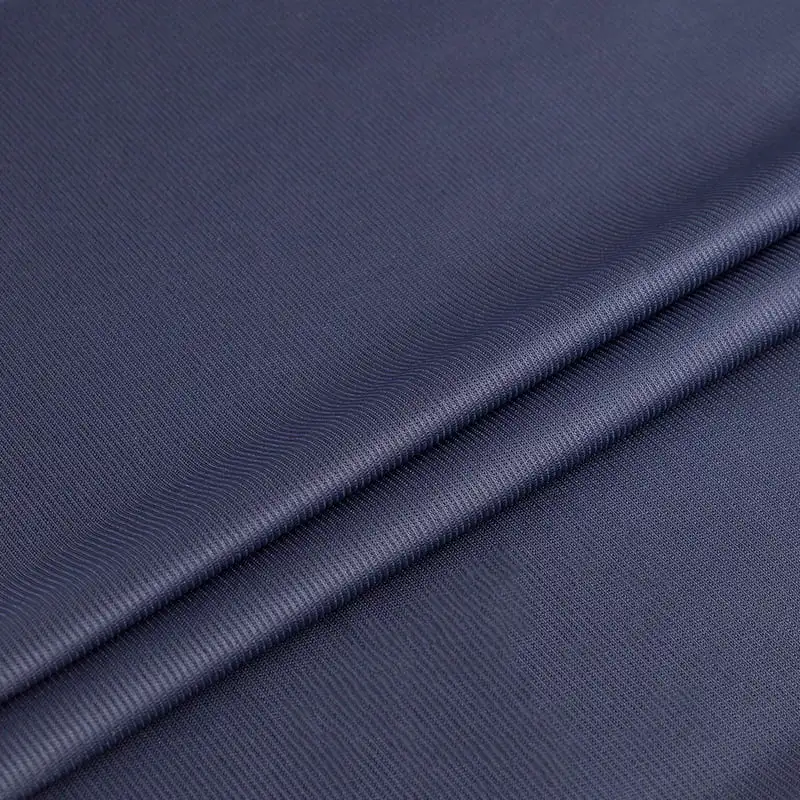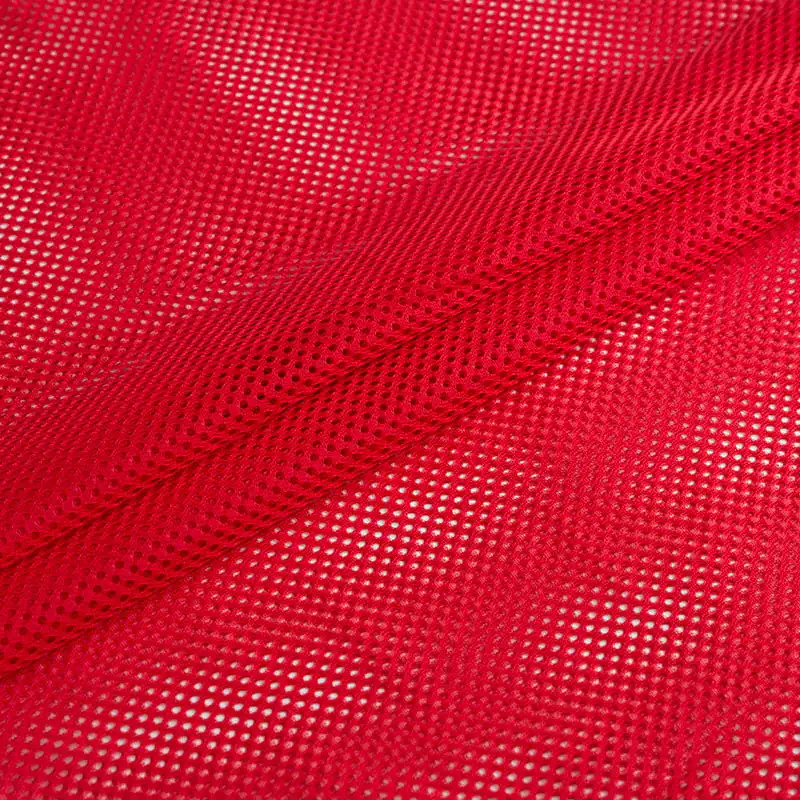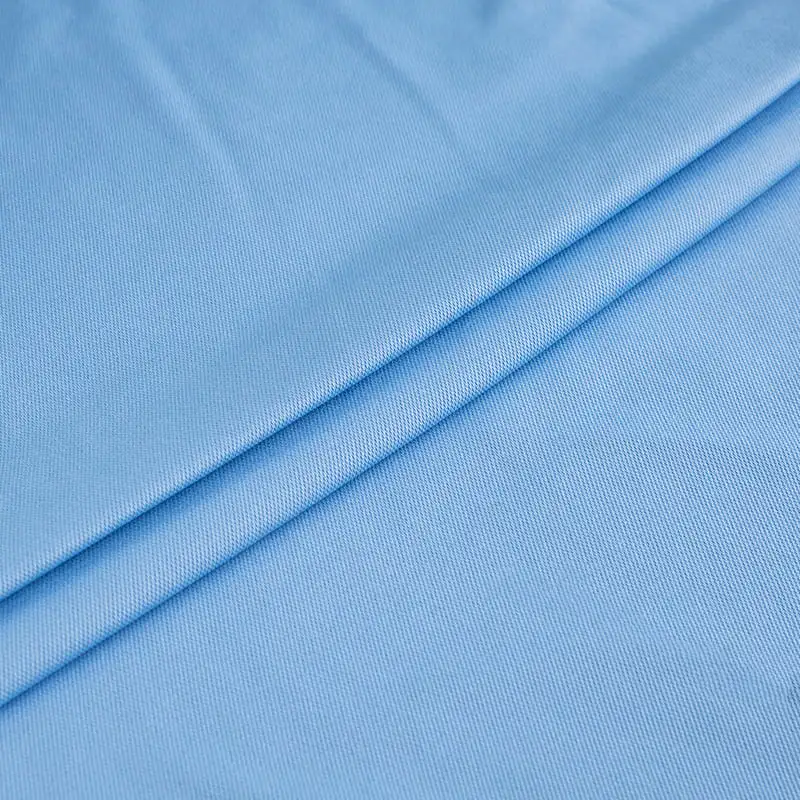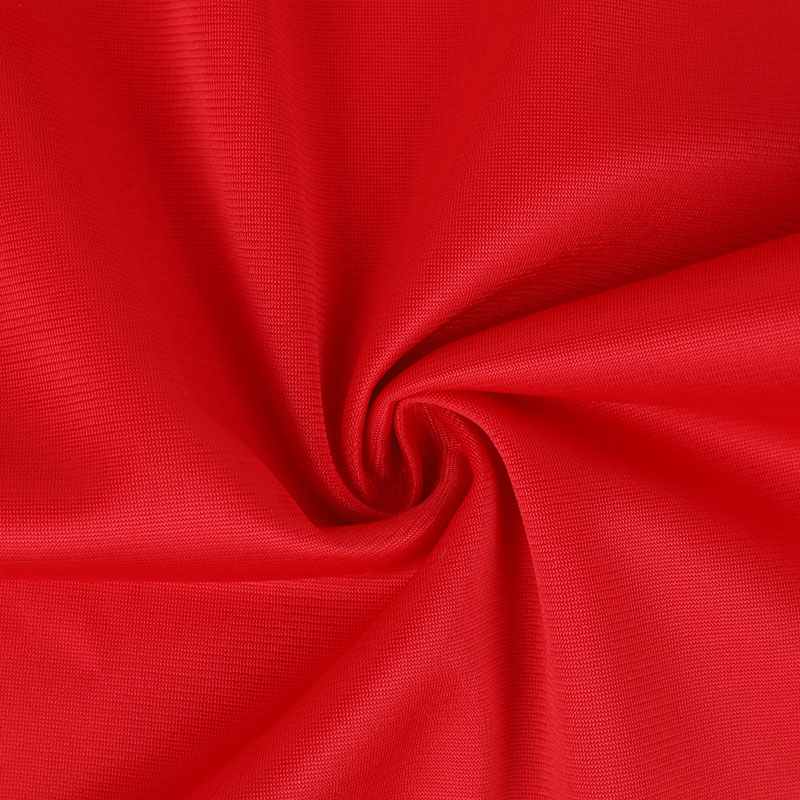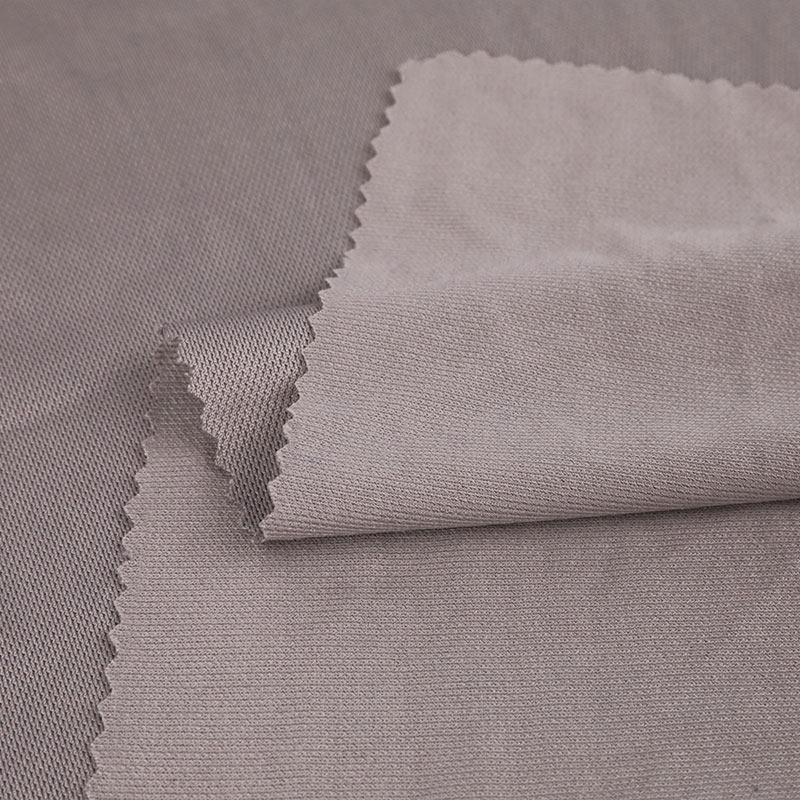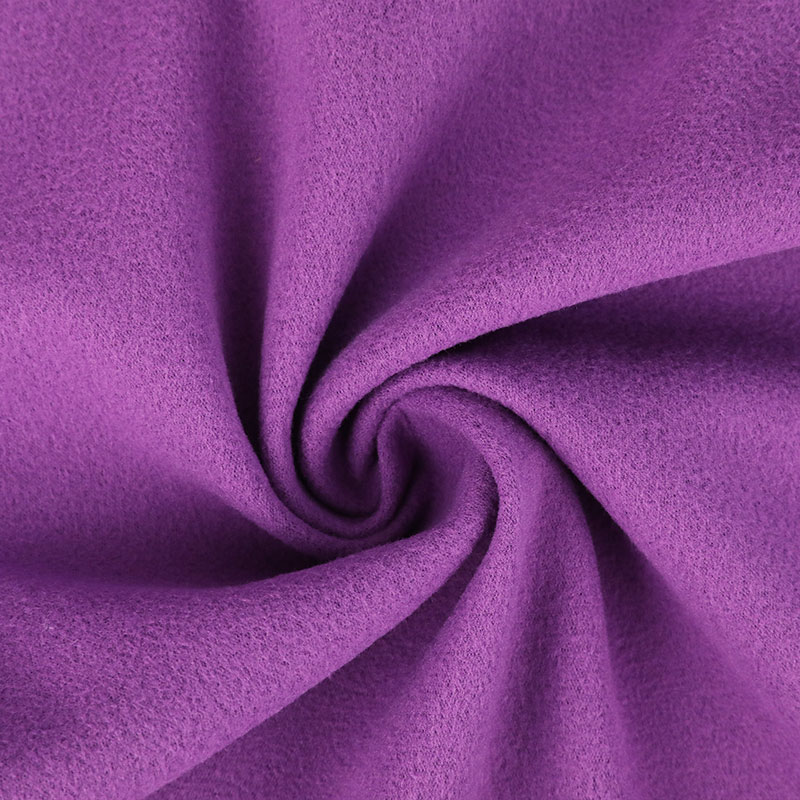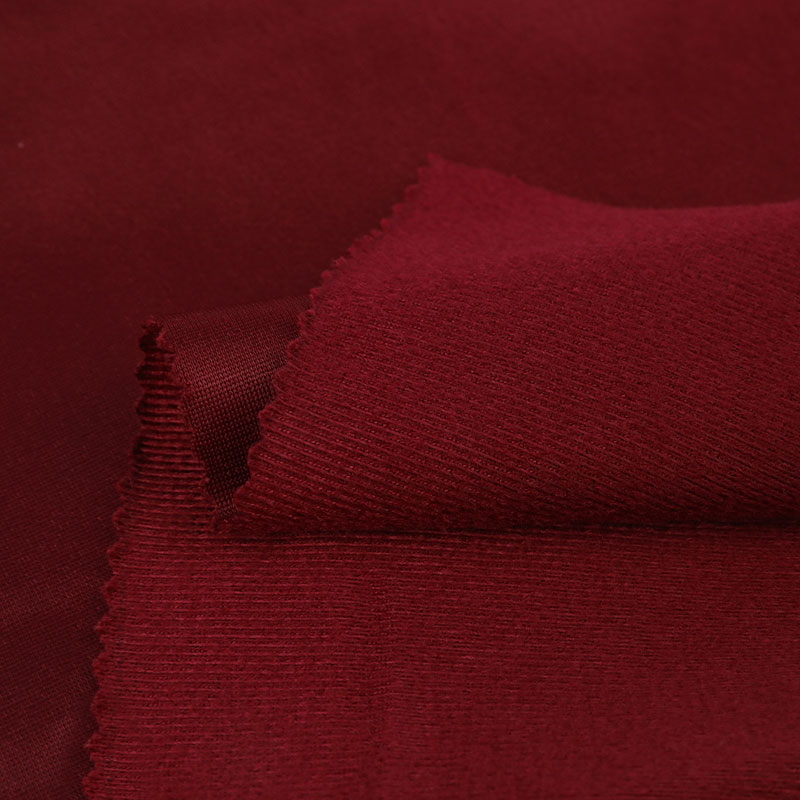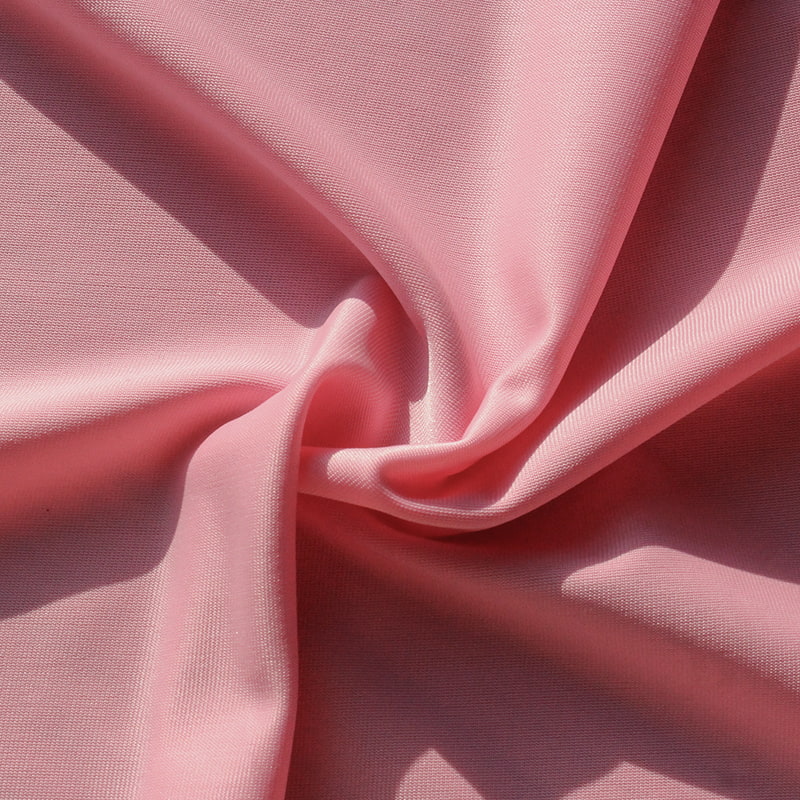If you’re looking for a fabric that catches the light and adds a touch of opulence to your home decor, look no further than Golden Velvet Fabric. This luxurious textile is made of silk or a synthetic material and comes in many colors and styles. It’s also very durable, making it an excellent choice for use in upholstery and soft furnishings. But despite its glamour, velvet is prone to staining and requires special care when cleaning.
The main desirable attribute of velvet is its softness, but this material also has a distinctive visual allure that makes it a popular choice for clothing and fashion. It’s typically made of a natural fiber, such as silk, cotton, or polyester, and may be dyed or treated to produce different hues and effects. The most common type of velvet is silk, created by unraveling the cocoons of silkworms and spinning them into yarn. However, velvet can be made with a wide variety of materials, including wool and even recycled plastic bottles.
When shopping for velvet, check the density of the weave and a fabric’s backing. A tightly woven fabric will resist wrinkles, while a low-quality velvet will easily pill and lose its shape. Also, be sure to check the fabric’s pile and luster to make sure it has the right color and sheen for your project. You can also crease a sample of the fabric to see how it holds up under pressure.
Because of its delicate nature, velvet should be sewn by hand whenever possible. This is because frequent friction can cause the fabric to stretch and coagulate, and this can result in a lack of definition when sewn. It’s important to use a needle that is designed for this type of material and to work slowly so that you don’t disturb the fabric’s pile.
Additionally, you should avoid ironing velvet, since it can damage the fabric. If you must iron it, do so from the back side to prevent damaging the fabric’s surface. It’s also a good idea to choose a pattern that is simple and easy to sew, as a complex design will likely be difficult to manage with velvet.
When working with velvet, it’s also a good idea to pre wash the fabric and steam it before using it. This will help to remove any dust and dirt that may be trapped in the fabric, and it can also make it less prone to stretching or coagulating. If you must iron the fabric, do so gently, using steam instead of pressing directly on it. If you’re concerned about the environmental impact of your velvet purchase, be sure to choose a sustainable material. Silk, for example, is a great choice for environmentally conscious shoppers, since it’s still produced in the same way that it has been for thousands of years and does not require pesticides or fertilizers to grow. Similarly, recycled polyester is better for the environment than rayon, which is usually used as a substitute for silk in velvet-inspired fabrics and has a much more harmful production process.
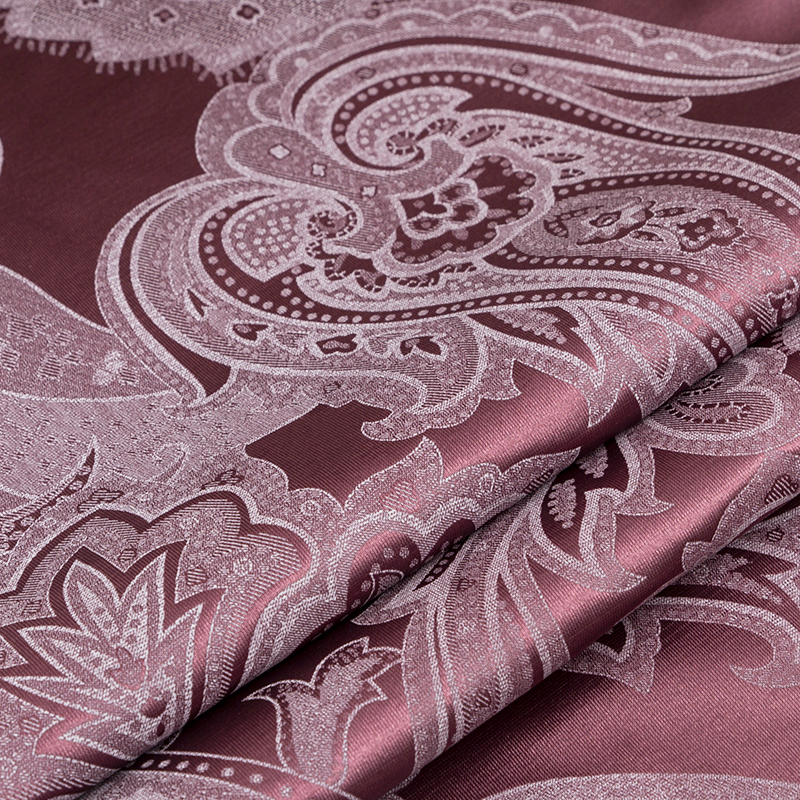

 English
English Español
Español